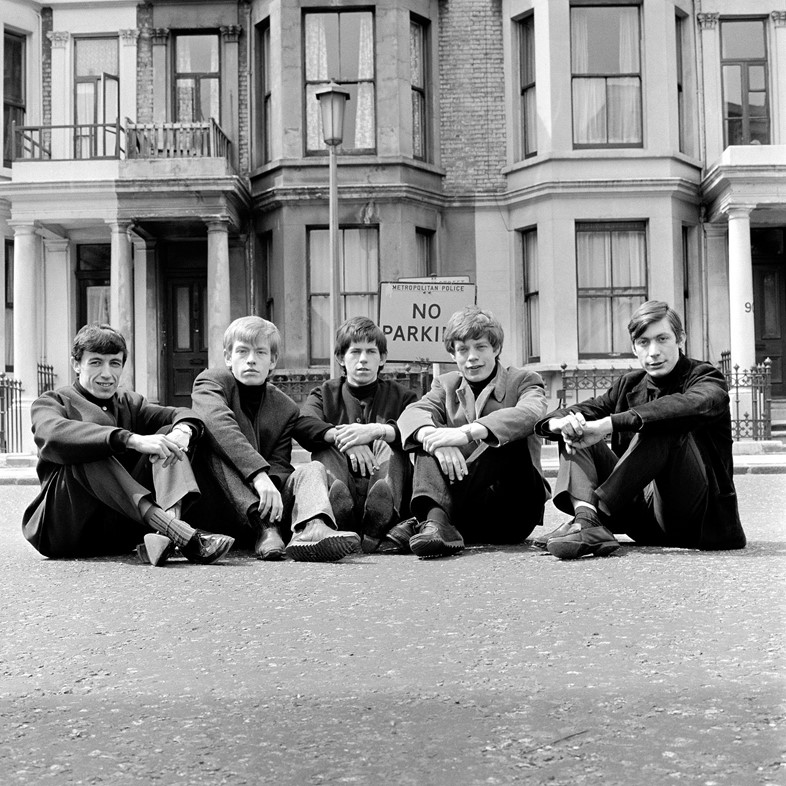As a new retrospective opens at London’s Saatchi Gallery to celebrate the pillars of rock’n’roll, we follow their lead on matters of style, set design and seeking inspiration
“Anything worth doing is worth overdoing,” the Rolling Stones frontman Mick Jagger once proclaimed, and this sentiment, dripping with the charisma and enthusiasm that has singled him out as guru to several generations of rock’n’roll aficionados, might well be the one he has lived his life by. This week the band celebrates the opening of Exhibitionism, an extraordinary retrospective of their career to date, at London’s Saatchi Gallery – providing as good an excuse as any to take a moment to reflect on what we can learn from the band which, with 54 years and an album for each under their belt, shows no sign of slowing anytime soon…

1. Don’t underestimate the power of common interests
More than half a century into their staggeringly prolific partnership, Mick Jagger and Keith Richards are one of the most powerful duos the music industry has ever known, but they might never have convened at all had it not been for a chance meeting between childhood friends in their late teens. “So there I am standing, minding my own business on the train station in Dartford, and up comes Keith who I hadn’t seen in a while,” Jagger explains of the meeting. “We were both carrying albums and, when we got on the train, we realised that our albums were blues albums. In those days you thought you were the only person that collected blues because nobody really did.”
Their mutual passion for blues, which originated in America’s deep south – think Howlin’ Wolf, Muddy Waters and the like – led them to pair up and answer an ad posted by one Brian Jones in Jazz News, who was looking to start an R’n’B band, and before long they had recruited pianist Ian Stewart and bassist Bill Wyman. “I wasn’t impressed by them and they weren’t really impressed by me,” Wyman remembered of his audition, “but they were very impressed with all the equipment I had.”
The fivesome’s first gig as the Rolling Stones took place at the Marquee Club in 1962, and was swiftly followed by a 1963 UK tour, and a 1964 US one. The last took them to Chicago’s Chess Studios to play with the very same musicians, Muddy Waters in particular, who had brought them together in the first place. It was a partnership which revived the then flagging interest of young, white Americans in blues, and which cemented the Stones’ affinity with black music.
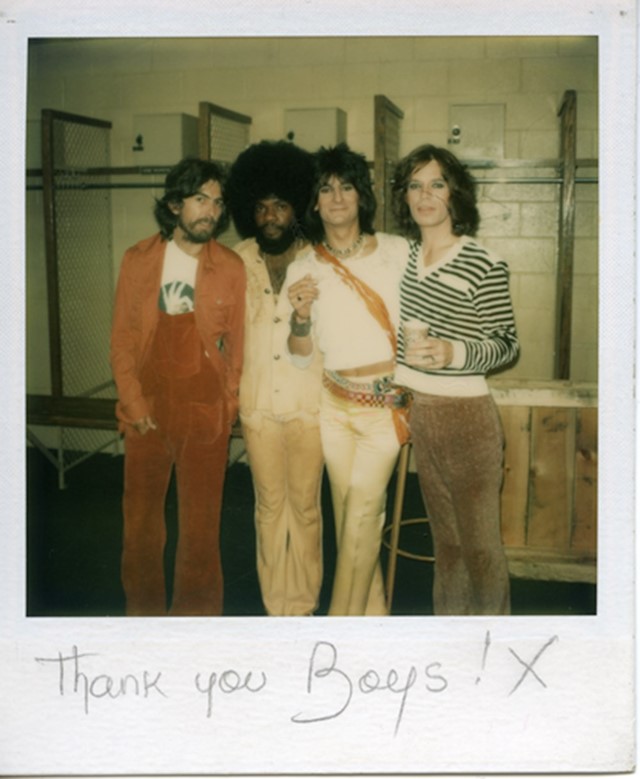
2. Inspiration can spring from the most unexpected places
Far from existing in isolation as a musical ensemble, every element of the Rolling Stones’ rich history is deeply embedded in popular culture, from the filmmakers who were enlisted to create documentaries about them (Jean-Luc Godard, Martin Scorcese, Robert Frank, et al) to the photographers and artists who have lent their hand on creating album sleeves and posters (David Bailey, Andy Warhol, Jeff Koons). Mick Jagger and drummer Charlie Watts played an extraordinarily engaged role in such projects, providing sketches and reference points to collaborators. Take the band’s world-famous logo, for example, designed by Royal College of Art student John Pasche – it was inspired, the artist remembers, by a picture of the Hindu goddess Kali, who is associated with empowerment, which Jagger had come across in a local cornershop.
Likewise, the Andy Warhol-designed album artwork for 1971 record Sticky Fingers, featuring a close crop of a jeans-clad crotch bearing a zip which could be pulled up or down to reveal white underwear, was never initially intended to be delivered unzipped, though the decision to do so has now gone down in history. “I knew Andy really well. I gave him the title of the album and he came back with this really innovative design,” Jagger says. “When we zipped up the cover, the weight of all the albums made a dent in the vinyl. But it was an easy problem to solve. We just unzipped it, so the dent ended up in the centre of the record, which didn’t matter. An amazing solution. I thought we were fucked, basically.”
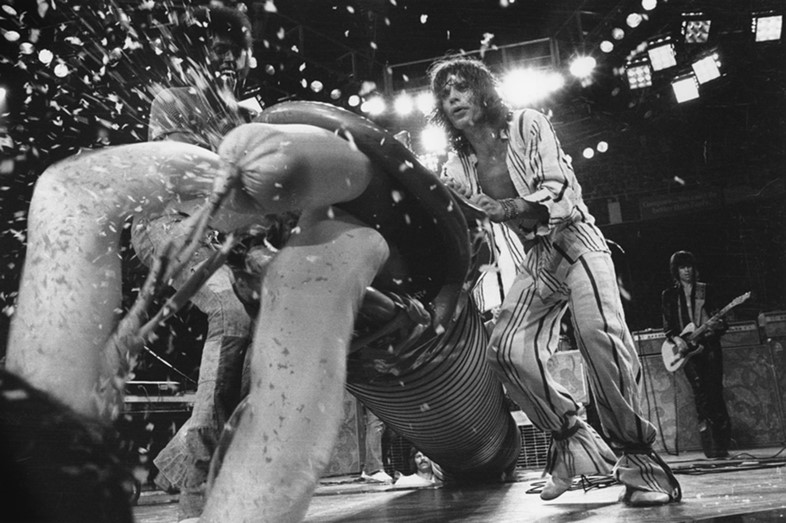
3. Take a 360-degree approach
It wasn't only in visual ephemera that the Rolling Stones were intent on pushing boundaries: though their artwork and photographic collaborations were groundbreaking, the band recognised that music and the live experience were absolutely crucial to their success. Early tours seemed set on thwarting this, as the sound systems at each venue they played varied wildly in quality, and the band had no idea what each would offer until the set had begun. Determined to regulate sound quality, the Stones hired the riggers from Holiday On Ice, a family entertainment show, to transport and construct their sound system at each show – a move that was to have a profound and far-reaching influence on the quality of production both for the Stones and for emerging bands.
As the Stones grew in popularity, so too did their live performances grow in ambition. By the time the 1975 tour of the Americas took place, Watts had come up with two outrageously ambitious lotus-like sets which would be transported from venue to venue – one stationary, and one for larger stadiums, which opened to reveal the band playing inside it, Mick Jagger hanging on for his life to one of the petals as it swung downwards. Later, when the 1989 Steel Wheels tour began, this had grown again, with the aid of architect and stage designer Mark Fishers, into what Rolling Stone magazine described as a "huge, industrial grey, black and orange stage set – a hulking structure that, in its assemblage of steam pipes, nets, catwalks, stairways and scaffolding, resembled a refinery." The band's aspiration when it comes to set design has never faltered.
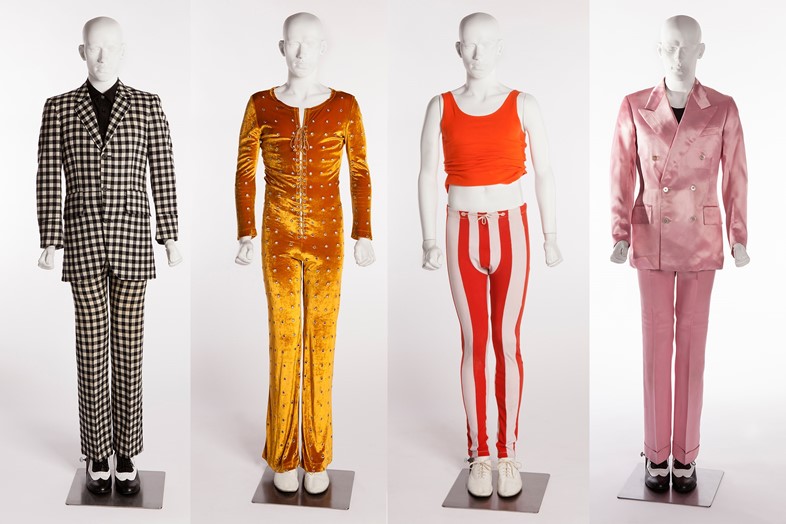
4. Lead, don't follow, in matters of fashion
It takes a group of malleable minds to remain at the cutting edge of popular culture for more than 50 years, and as the times changed, so did the Stones' sartorial output. No matter the era, the group's tastes were just ahead of the zeitgeist: from the 1960s era beatnik suits they were photographed in by Philip Townsend at the beginning of their career, through to the Indian-influenced flowing designs of the late 1970s, and the glam rock ensembles of the early 80s.
As in art and photography, they championed an extraordinary roster of designers: from Alexander McQueen, Prada and Dior to L'Wren Scott, Gucci, Versace and Yves Saint Laurent, the list reads like a who's who of the fashion industry over the past 30 years. What's more, as Jagger donned the newest and most outrageous pieces he could find, a host of admirers, David Bowie and Jim Morrison included, followed. "First you shock them," Jagger's recognisable voice booms out over the one audio clip in the Saatchi's exhibition, "then they put you in a museum." Evidently, he couldn't be more correct.
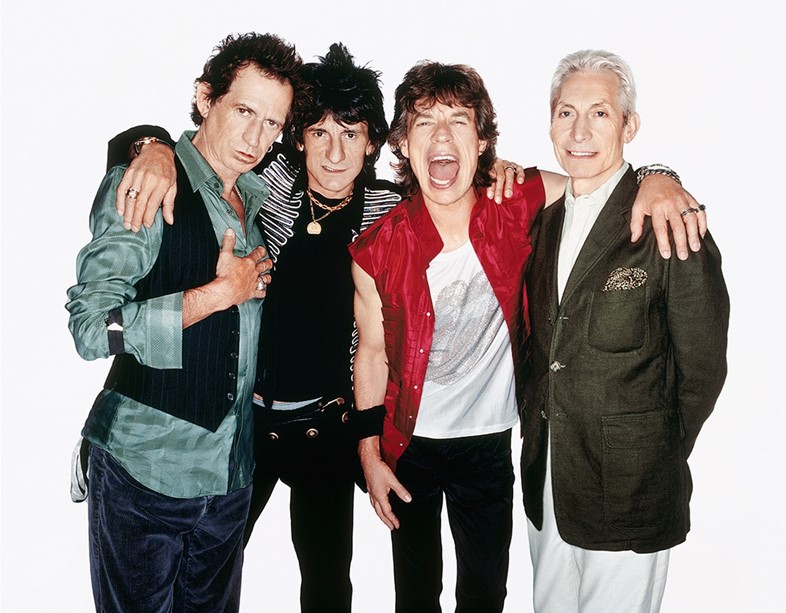
5. If it ain't broke, don't fix it
While the Rolling Stones have seen their fair share of band disputes over the years – a feud between Jagger and Richards caused the band to split temporarily in the 1980s – as well as witnessing the departure of four members, there is an extraordinary connection between Mick, Keith, Charlie and Ronnie that seems to transcend the realms of time and ego. Every tour they embark upon and every album they produce is received hungrily by the media as if it may be their last, and yet they continue to defy expectations: their recent concert in Cuba marked a groundbreaking moment in the country's cultural history, for example, and was followed swiftly by the announcement that they will be releasing a new album later in the year. So what's the key to their longevity? "Sometimes I wonder, 'What do you really want to do, Keith?'" Richards said in an interview with Esquire last year. "You can sit at home, do a bit of painting or writing or whatever. But there’s a certain magnetic thing that says what I really want to do is play with Charlie Watts and Mick and Ronnie. That’s the force that’s indescribable."
Exhibitionism: The Rolling Stones is on view until September 4, 2016 at Saatchi Gallery, London.
